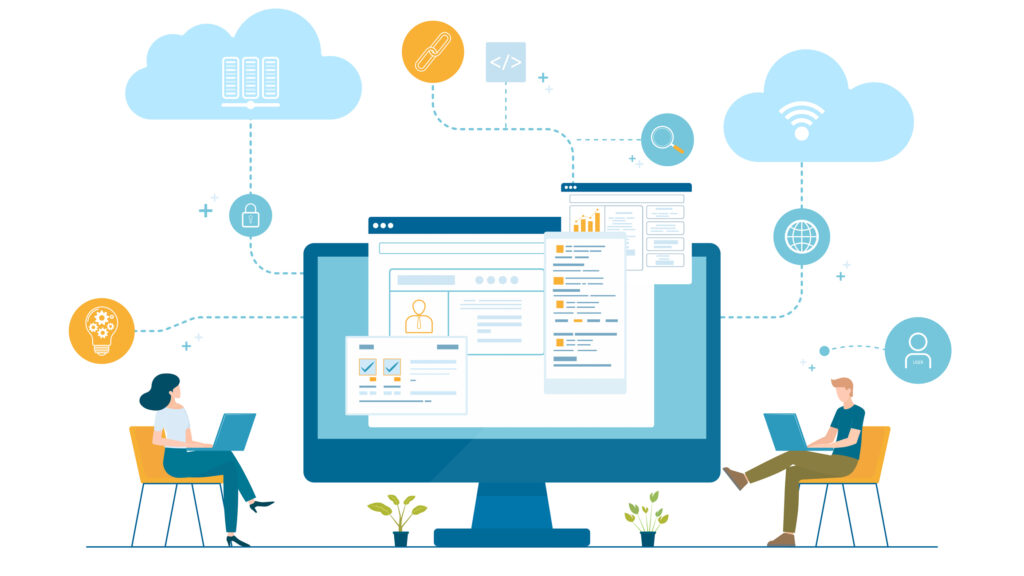Dev Ops
Bridging the gap between developers and operations teams
Making Stuff Work.. Better
DevOps breaks down the wall between your development and IT teams. Instead of developers throwing code over the fence to operations, both teams work together to deliver software faster and more reliably.
The result? Better products, fewer headaches, and quicker releases.
Your development pipeline,
minus the pipeline problems.
Our tools are essential in the modern landscape. They help us emphasize building a culture of shared ownership and reducing silos between teams. Developers have more operational responsibilities and insight into how their code behaves in production. Operations staff engage more deeply with the development process.
DevOps that actually works
(imagine that).
In the planning stage, we brainstorm, outline, and detail the features and capabilities of applications and systems under development. To monitor progress, we track tasks at both granular and broad levels—from individual product tasks to portfolio-wide initiatives. Planning methods include creating backlogs, tracking bugs, managing agile software development, and visualizing advancement through dashboards.
The development phase includes all coding activities – writing, testing, reviewing, and integrating code by team members – as well as compiling the code into deployable build artifacts. To innovate rapidly without sacrificing quality, stability, or productivity, we utilize highly efficient tools, automate tedious manual processes, and iterate through small increments using automated testing and continuous integration.
The delivery phase involves reliably and consistently deploying applications into production environments. It also involves deploying and configuring the fully governed infrastructure underlying those environments. In this phase, we establish a release process with clear manual approval stages and automated gates that advance applications through stages until available to customers. Automating these processes makes them scalable, repeatable, and controlled. Thus, we can frequently deliver applications with ease, confidence, and peace of mind.
The operation phase involves maintaining, monitoring, and troubleshooting applications in production environments to ensure system reliability, high availability, and zero downtime. By adopting best practices, we reinforce security and governance while identifying issues before they affect customer experience. We also mitigate issues quickly as they occur. Maintaining this level of vigilance requires rich telemetry, actionable alerting, and full visibility into applications and underlying systems.

Ready To See How We Can Help?
Schedule a no-cost consultation to see what our custom development services can accomplish for your business.
